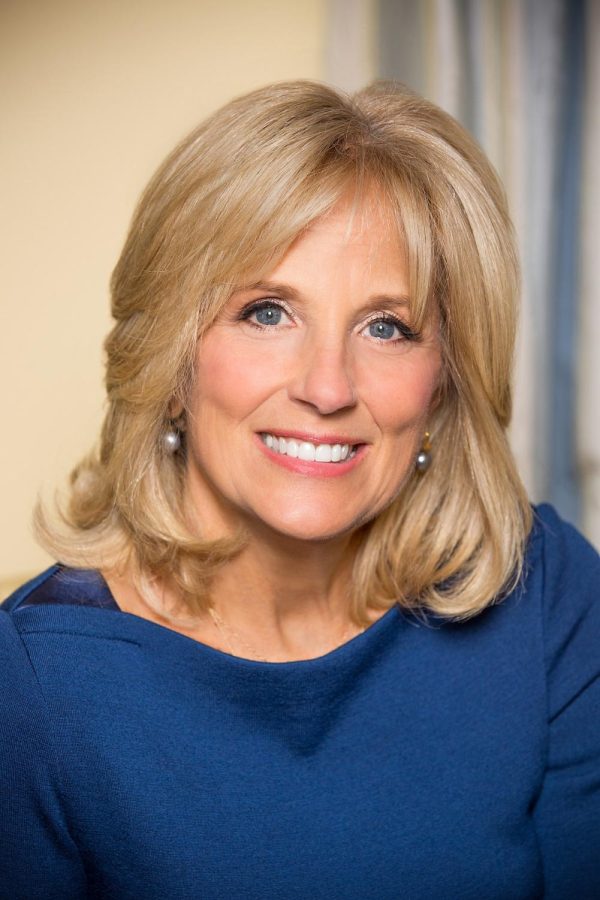Two Years of Free Community College Removed from Build Back Better Plan
February 8, 2022
Jill Biden, the first lady of President Joe Biden, expressed on Monday her disappointment that taxpayer-funded community college won’t be included in the administration’s Build Back Better agenda.
“One year ago, I told this group that Joe was going to fight for community colleges,” Jill Biden stated. “But Joe has also had to make compromises. Congress hasn’t passed the Build Back Better legislation — yet. And free community college is no longer a part of that package.”
The Build Back Better Plan or Build Back Better agenda was proposed by President Joe Biden ahead of his inauguration. The framework includes funding for a Coronavirus relief bill, social services, welfare, and infrastructure, in addition to funds towards reducing the effects of climate change.
The plan unfortunately was opposed by many republicans and some key democrats because of the great cost of the plan and the idea that college should be paid for. Many senators do not wish to get rid of a long running part of society which the framework would alter.
The removal of this imperative addition to the plan caused great disappointment in the masses especially considering the cost of current college enrollment and how many people need the chance at college. The average cost for attending a two-year college was $3,367 in current dollars but rose to $11,389 in the 2018-2019 school year, far too high for the average teenage in the United States to pay. Comparing this to European schools, the education system and its cost is far worse than it should be. Furthermore, community college provides a chance for minorities and older generations of people to gain a college degree, the lack of help when it comes to tuitions prevents many from gaining a degree.
In a premature edition of the plan, Joe Biden’s free community college idea would have allotted $45.5 billion to cover the cost of two years of tuition and fees for eligible students at community colleges in participating states and eligible Tribal Colleges and Universities. The program was designed to be funded with a combination of federal and matching state funds, based on the median cost of tuition and fees nationwide. For the first year of the program, the federal share was to be 100% of the cost, with no state match required with each year the share would level out between state and federal.


